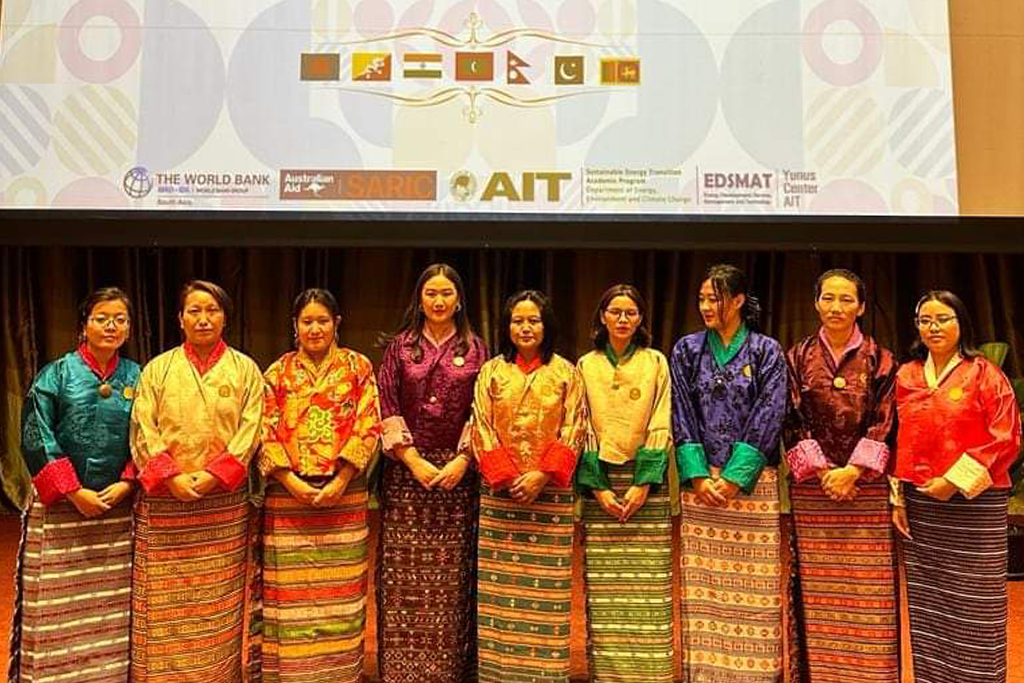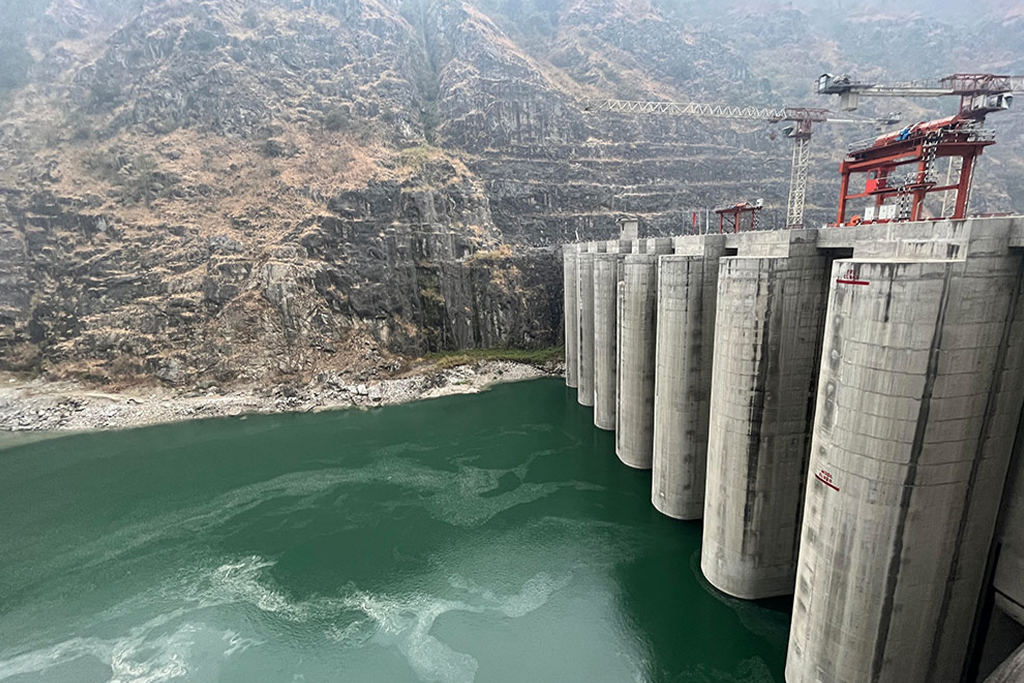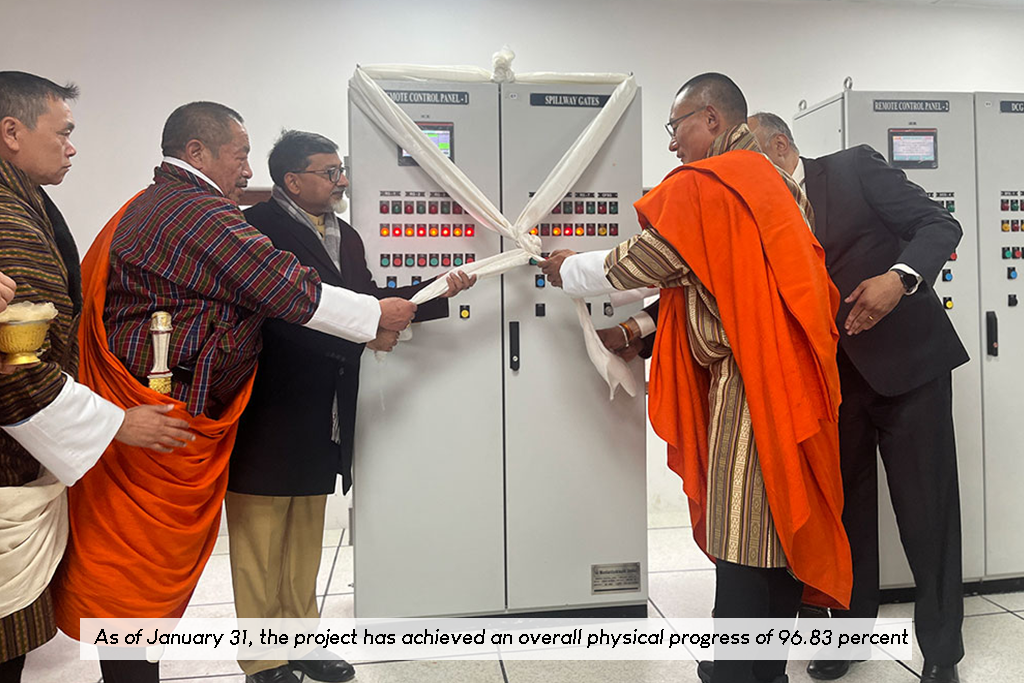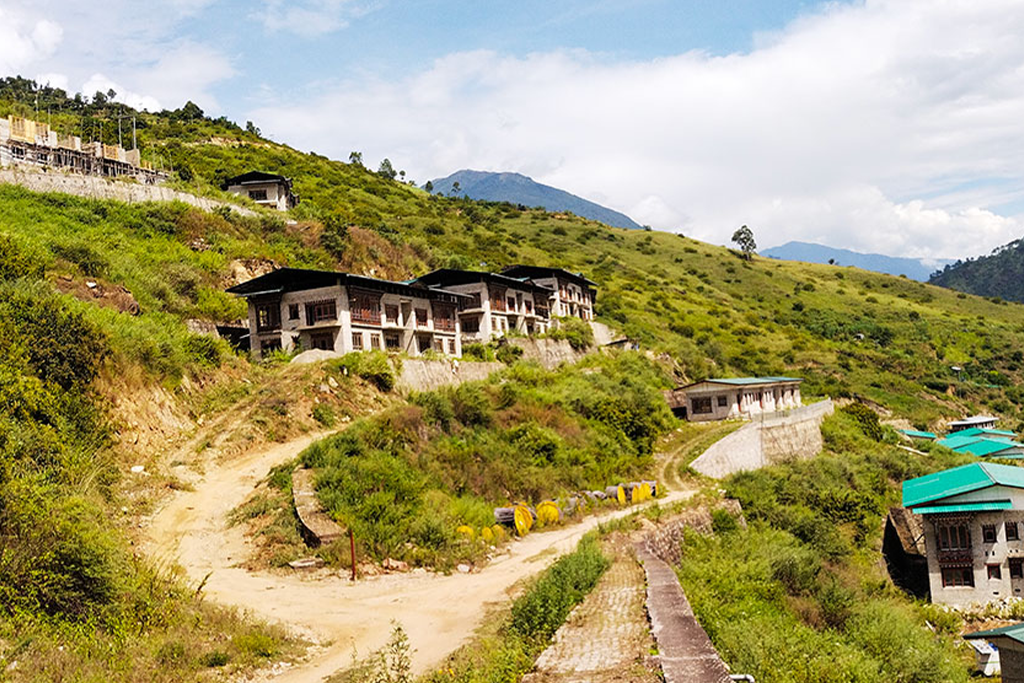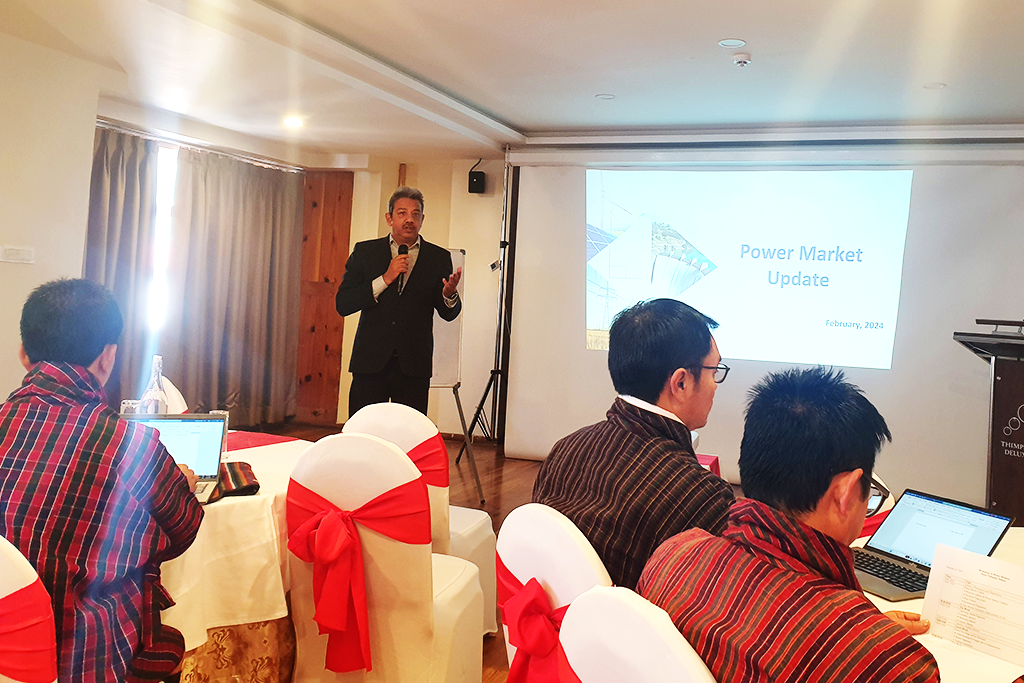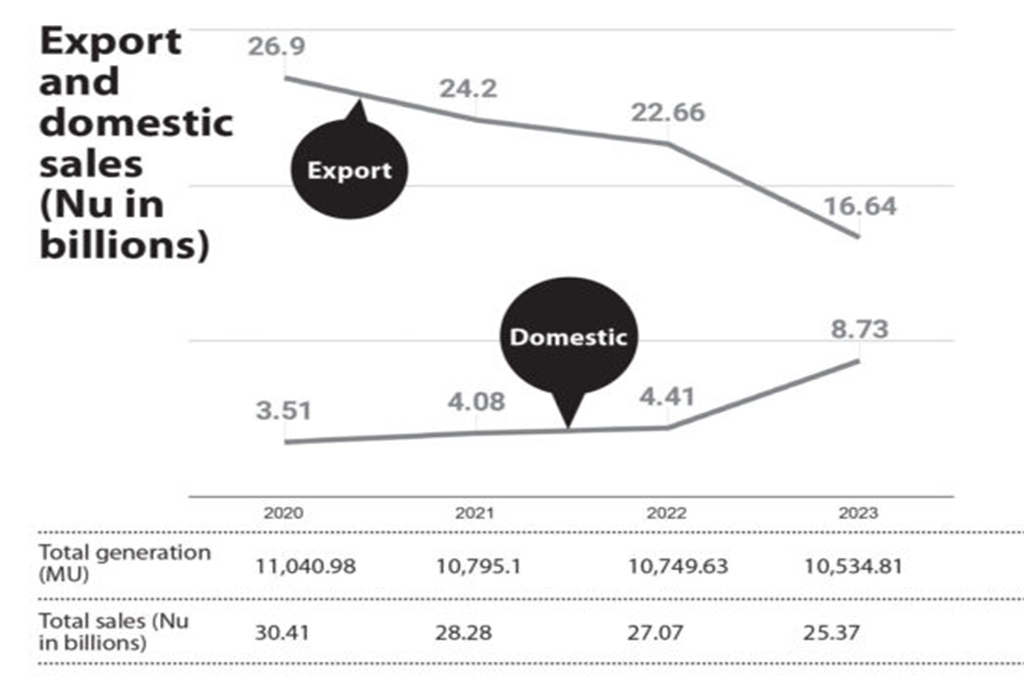DGPC seeks partnership with Bhutanese living abroad
Business Bhutan | Sherab Dorji | March 11, 2024
Partnership sought through issuance of bonds
The Druk Green Power Corporation (DGPC) is currently exploring partnership with Bhutanese living abroad through issuance of Renewable Energy Bond to mobilize funds for both equity and debt financing running into billions of Ngultrums while planning for the development of hydropower and solar resources.
“To take forward some of the hydro and solar projects, strategic partnerships is considered as a viable option to raise funds,” an official from DGPC said.
On why the bond is being issued only to Bhutanese living abroad, the official said that the Renewable Energy Bond is aimed at raising funds in convertible currency as the investments in hydropower and solar energy mostly tend to be in Indian Rupees and in hard currency.
“Domestic bonds would be useful to raise Ngultrum financing only,” the official said, adding that, in future domestic bonds could also be considered if required.
The official shared that there is a lot of interest generated amongst Bhutanese living abroad to avail this opportunity to invest in the Renewable Energy Bond.
By getting this unique opportunity to fund Bhutan’s renewable energy sector, it is felt that the Bhutanese living abroad will feel a sense of participation and contributing to nation building and their future.
“It will be started small but if successful, similar opportunities will be provided in future,” the official said.
Speaking about the country importing power from India to meet the deficit in the winter months due to very low river discharges, he said that the availability of power from the Indian energy exchanges is not very dependable as India’s own demand is increasing with the tremendous economic growth that India is experiencing.
In addition, the official said that even the rates for power import vary in 15-minutes blocks on a daily basis. “Therefore, there is not only an uncertainty in terms of availability but also in terms of variation in tariffs on a daily basis,” the official said.
To all this hassles and to meet Bhutan’s current demand for electricity and prepare for future growth prospects, the DGPC official said that huge investments are being planned in the energy sector especially in developing the immense hydropower resources that are further planned to be supplemented by some solar power.
The official also shared that the variation in river discharges are also getting more acute with climate change and global warming with the monsoons getting erratic and with the Himalayas having not seen any regular snowfall for a number of years.
To this, the official said that hydro solar hybrids are seen as a plausible solution to the high variation in hydropower generation due to the season nature of river discharges.
Similarly, to take forward the development of hydro resources, the construction of a number of small hydropower projects has been started, according to the corporation.
“Investments in small hydro projects will be continued as this provides an excellent opportunity for the power sector to develop its human resources and to help grow capabilities of Bhutanese contractors,” the official said.
The official added that the corporation has also planned to start the construction of a few large hydropower projects within 2024-2025.
For instance, in harnessing the solar resources, the construction of the 17 MW utility solar farms has been started at Sephu in Wangduephodrang. There are further plans for developing rooftop as well as more utility scale solar power considering the excellent weather conditions in the non-monsoon months.
The official said that even the guidelines in terms of coupon rates and tenures are being worked out in consultation with the relevant Government entities.
“Hydropower and now with solar is the cornerstone of Bhutan’s economy,” the official expressed. The official further said that without access to reliable and affordable electricity supply, the aspirations for Bhutan’s socio-economic development would be difficult to achieve.


